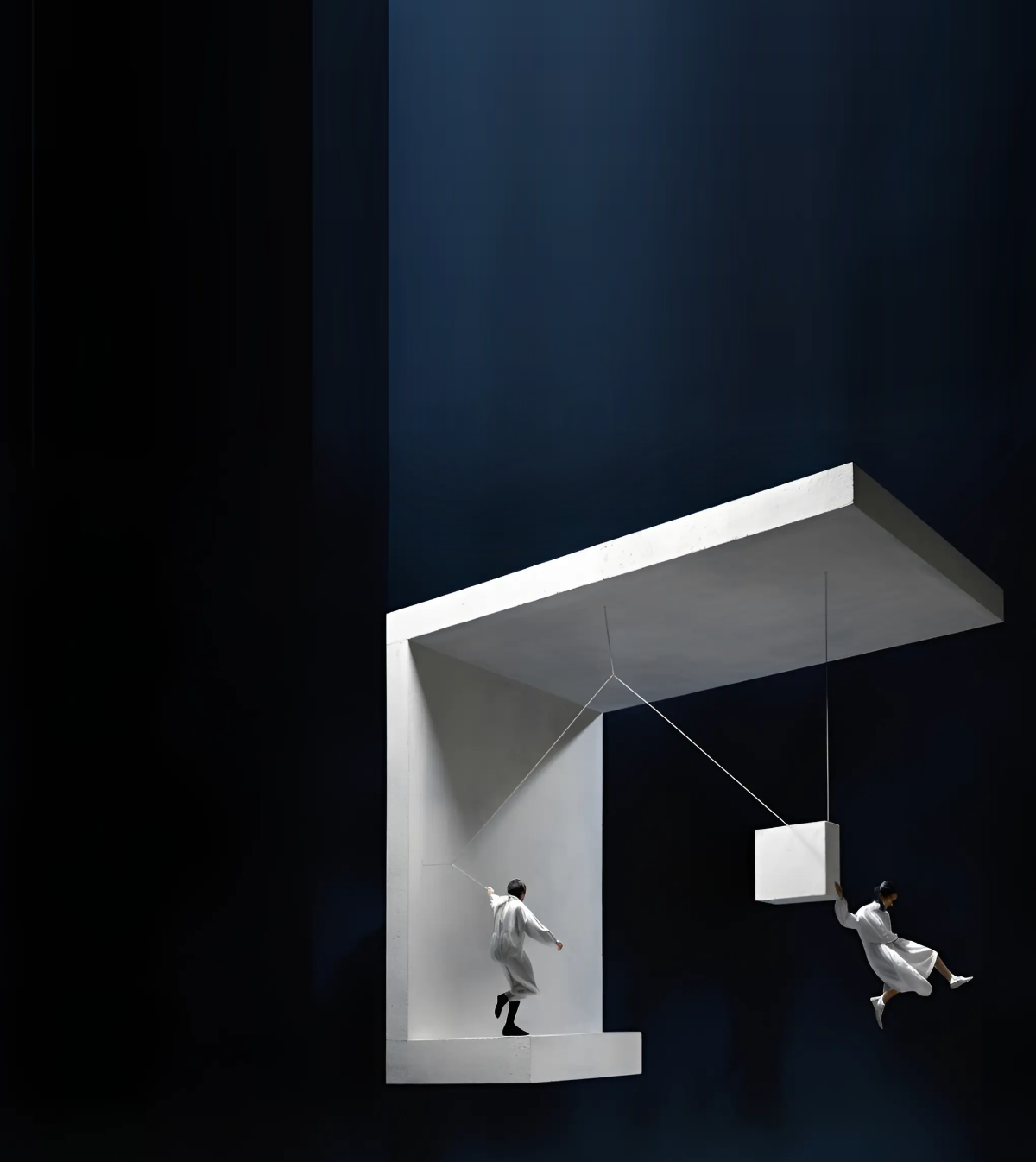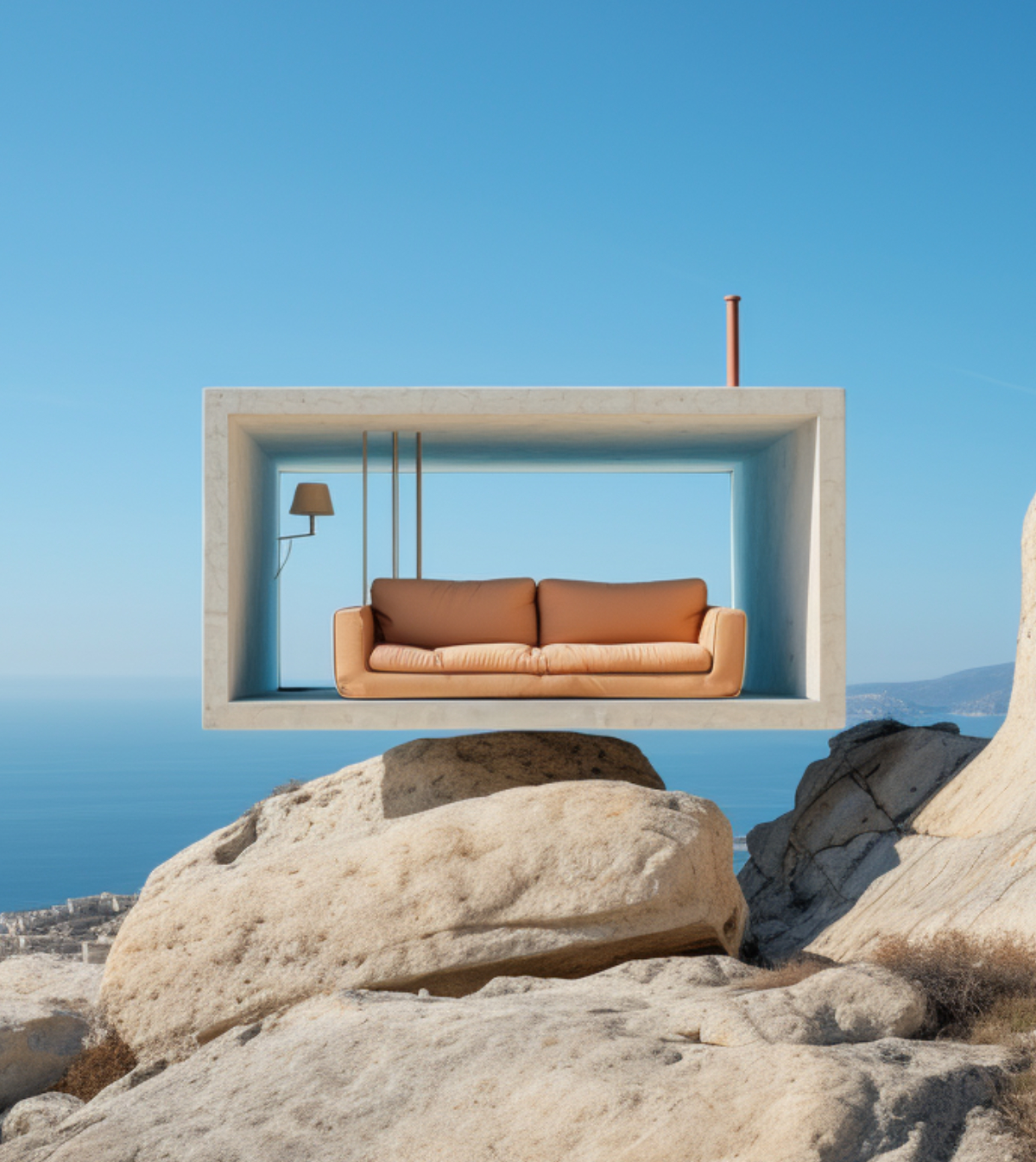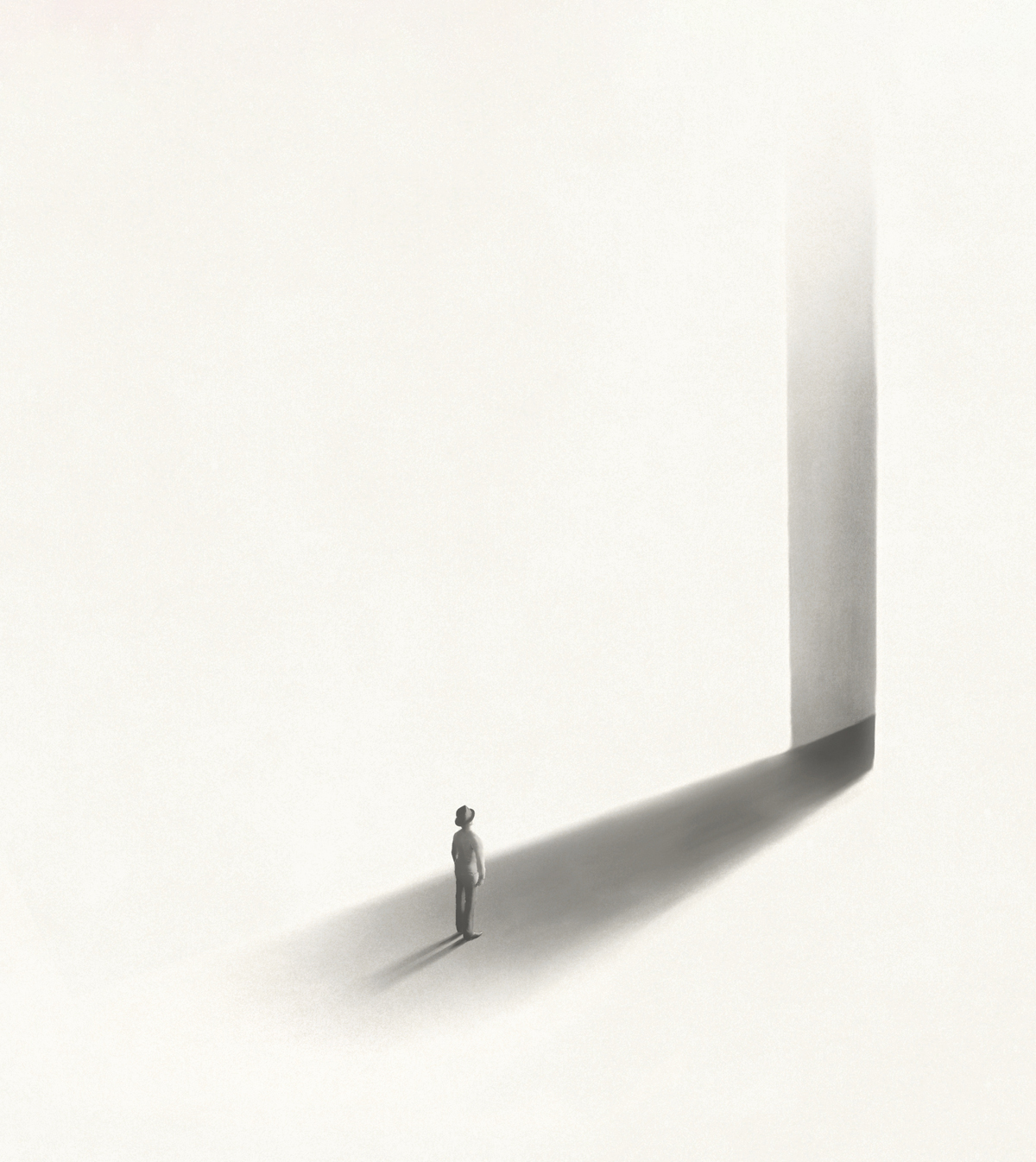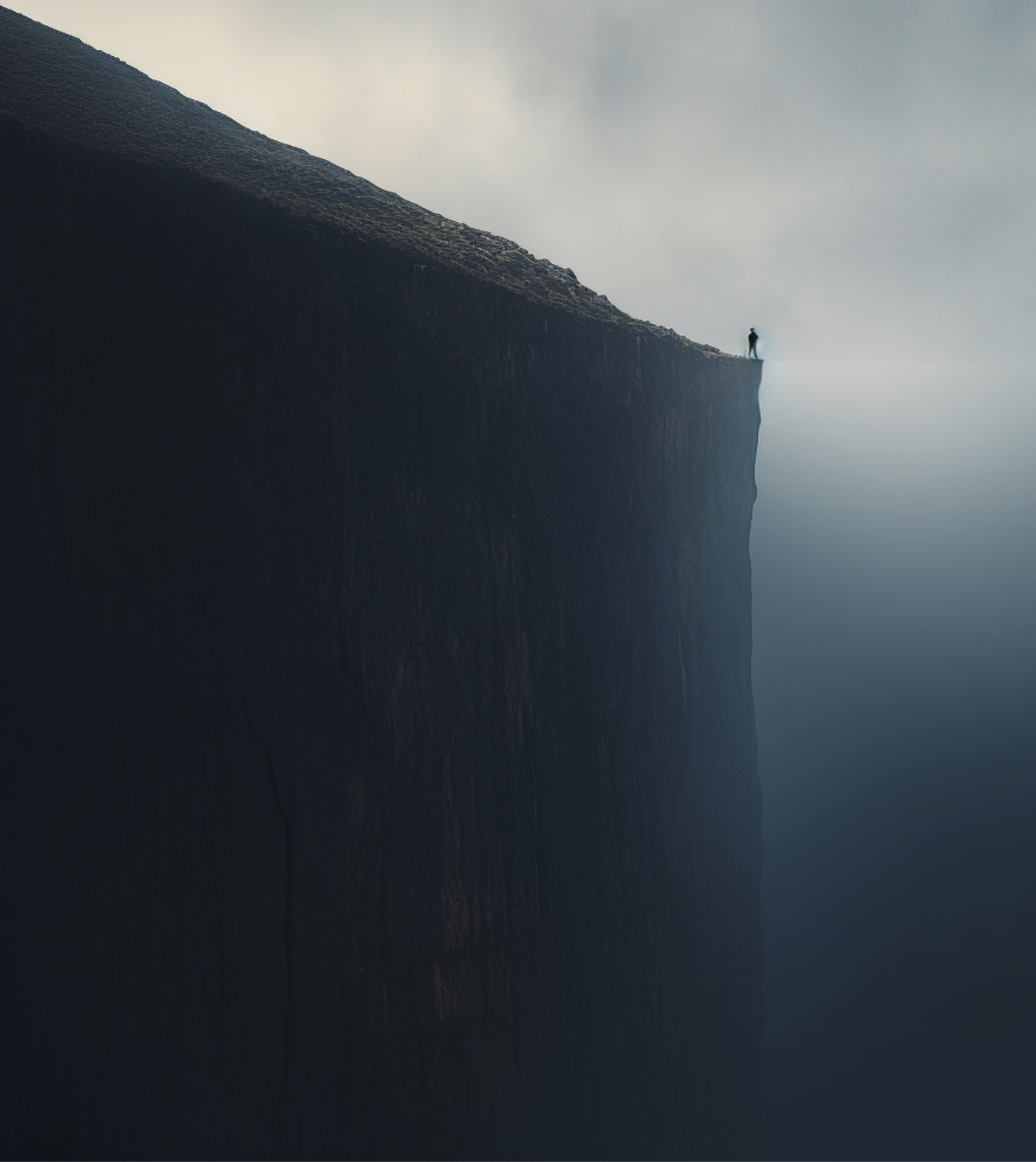Few skylines have evolved as much and as fast as those found in the Middle East, and especially in the city of Dubai in the UAE. The discovery of oil, followed by the massive influx of commerce and tourism, transformed the subtle city skyline into a gleaming metropolis, complete with towering skyscrapers the likes of which the world had never seen.
Dubai’s first skyscraper
Long before Dubai became an internationally-recognised tourism hub, its skyline really only had one major feature. The World Trade Centre was constructed in 1979 and was previously known as the Sheikh Rashid Tower. Originally a solitary tower, the World Trade Centre has since been extended to include various exhibition halls, ballrooms and the Trade Centre Arena.

Dubai’s first skyscraper, the Dubai World Trade Centre. Image source
At the time it was the tallest building in the UAE, and was even featured on the local 100 AED banknote. The now-iconic skyscraper would have towered over its neighbouring buildings, that is if there were any at the time, yet the 149-metre tall, 39-storey office tower was confusingly situated far from the vibrant trading locations of Deira and Bur Dubai.

The Dubai World Trade Centre would have towered over any neighbouring buildings, were there any at the time of its construction in 1979. Image source
Inaugurated by Queen Elizabeth in 1979, the Dubai World Trade Centre was the first of its kind in the emirate, but certainly not the last.
Iconic residential skyscrapers
One of the most influential and pivotal architectural achievements in Dubai was the construction of its manmade islands, Palm Jumeirah. Constructed in the shape of a palm tree, the Palm connects directly with another of Dubai’s architectural achievements, the Dubai Marina.

The world-famous Palm Jumeirah is an artificial island that houses villa, apartments and 5 star hotels. Image source
As part of a cluster of supertalls collectively known as the “tallest block in the world”, the buildings of the Dubai Marina hold 6 of the top 10 tallest residential towers on the planet.
Overlooking both the Dubai Marina and the Palm Jumeirah is the colossal Elite Residence skyscraper. Standing 380.5 metres tall, with 87 floors, the building was an early addition to the new Dubai skyline, easily recognisable and claiming the title of fourth tallest residential building in the world.

One of the tallest residential buildings in the world, Elite Residences overlooks both the Palm Jumeirah and the Dubai Marina. Image source
Beating Elite Residences to the number 2 spot - just behind New York City’s 432 Park Avenue - is the Princess Tower. Opened in 2012, the 414-metre building was designed by Eng. Adnan Saffarini, and borrowed elements from traditional Islamic architecture, such as its bowed balconies and the rounded crown that make it so distinctive.
The world’s tallest hotels
When it comes to hotels, Dubai goes to the extreme, and not just in terms of quantity. Dubai is currently the home of all 4 of the tallest hotels in the world. And while the world's highest hotel is The Ritz-Carlton, Hong Kong, the tallest structures that operate solely as hotels are all found in Dubai.

Dubai is home to all four of the world’s tallest hotels. Image source
Burj Al Arab
One of the most recognisable hotels in the world, and an iconic landmark for Dubai, the Burj Al Arab comes in at number 3 on the list, reaching 210 metres high. The shape of the structure was designed to simulate that of a sail and was designed by multidisciplinary consultancy Atkins, led by architect Tom Wright, who has since become co-founder of WKK Architects.

Constructed on an artificial island, the iconic Burj Al Arab is the 4th tallest hotel in the world. Image source
The construction of the hotel required several complex engineering feats to be achieved. For starters, the entire structure is situated on an artificial island constructed 280 metres offshore. In order to secure the foundation, builders drove 230 concrete piles into the sand, each measuring 40 metres long.
In order to protect the foundation from erosion, engineers constructed a surface layer of large rocks encircled with a concrete honeycomb pattern. It took a total of 3 years to reclaim the land from the sea, less time than it took to construct the entire structure itself.
JW Marriott Marquis Dubai
The JW Marriott Marquis Dubai Hotel is the world's tallest hotel, scraping the sky at 355 metres up. Operated by Marriott International, the 76-storey twin-tower complex cost AED 1.8 billion to construct and feature 1,608 rooms.

Originally designed to stand 40 metres taller, the JW Marriott Marquis Dubai is still the tallest hotel in the world. Image source
Originally intended to be completed in 2008, both the design and the location were required to be changed due to the construction of a creek extension belonging to the Business Bay megaproject.
Its “modest” 355 metre-height was reduced from initial plans for the twin towers to reach 395 metres, with the addition of spires in 2011 bringing it to its current height and giving it the title of world’s tallest hotel. A title once held by the Rose Rayhaan by Rotana.
SkyHive Architecture Competition
Buildner, in partnership with the Manipal Dubai University, is calling for submissions for the SKYHIVE Skyscraper Challenge architecture competition. Participants are tasked with researching and implementing the latest technologies to reinvent the very concept of a skyscraper.
Taking into account the scarcity of natural resources, and the potential strain on the current infrastructure, this open ideas competition is a chance for architecture enthusiasts to spread their creative wings and create the skyscraper of the 21st century.
The final deadline for submissions is November 29. Visit skyhive.beebreeders.com for more information.
Top 3 Reasons Why You Should Enter Architecture Competitions
Curious about the value of architecture competitions? Discover the transformative power they can have on your career - from igniting creativity and turning designs into reality, to gaining international recognition.
Learn more























